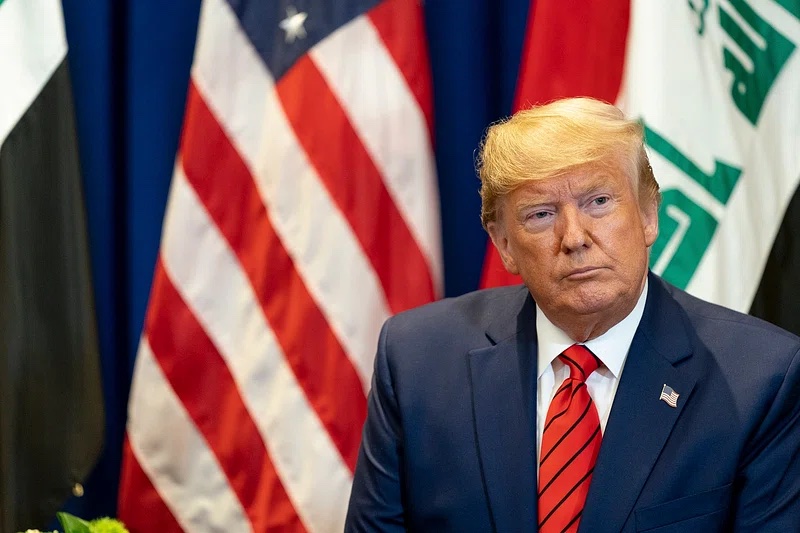
Trump, tariffs and textiles
Dr Seshadri Ramkumar suggests that India can be a viable alternative and a formidable competitor to China based on the proposed additional tariffs against Chinese goods entering the United States.
Trade war is getting intensified between China and the United States influencing trade flows, consumption, and economy.
Today, President Trump’s executive order on imposing tariffs on Chinese imports came into effect sparking limited retaliatory tariffs from China.
While President Trump is using tariffs and trade as negotiating tools, they have multifold effects affecting jobs, economy, and consumption.
Yesterday, tariffs were still in place for Canada and Mexico before the leaders of respective countries negotiated with Trump that resulted in the pause of one month for these countries, leaving uncertainty on the table. Financial markets reacted negatively with the tariffs news as the Dow plunged by 600 points within 30 minutes of trading on February 3, 2025.
Globally, 10 per cent additional tariffs on Chinese goods have its pros and cons and it is not known what the discussion between President Trump and President Xi will result as they are expected to speak sometime this week.
The Tariff regime with India remains unchanged while EU is expecting slapping of additional tariffs on their exports to the United States.
According to United States’ census bureau, textiles and apparels and shoes are among top ten imports from China amounting to about US$28 billion in 2023.
Textiles and apparels imported into the United States from China will be expensive but there are opportunities for other textiles exporting countries like India, Vietnam, Bangladesh to utilize the opportunity to boost their exports.
In addition to textile manufacturers in cost-effective countries, online retailers from these countries that are alternate to China can benefit if the enhanced tariffs continue. American consumers who got tariff free purchases up to $ 800 from online retail purchases from China-based Tume and Shein will feel the pain with the additional cost of purchase. This situation may shift purchases to other global online traders providing opportunities for Indian manufacturers and retailers.
It is a coincidence that when Trump’s tariffs were being discussed, Indian government’s 2025-26 budget provides necessary support to boost textile manufacturing. Increase in support for research, scaled-up manufacturing and quality improvement will prove to be timely investments by India to compete against China and other low wage countries.
The budget schemes like Production Linked Incentive, National Technical Textiles Mission, Textile Cluster Development and Cotton Technology Mission are welcoming features as India competes against China. Indian textile stakeholders should use the current tariff situation to plan for future.
India can be a viable alternative and a formidable competitor to China based on the proposed additional tariffs against Chinese goods entering the United States. Cotton knitted trousers and breeches (USA Harmonized Tariff Schedule 6103.42.10) imposes a duty of 16.1 per cent under general trade regime of which India falls. With the addition of 10 per cent tariff, Chinese imports will be charged at 26.1 per cent costing more for the United States’ consumers. Such a situation would shift the trade from China to other competitive countries.
Trump’s focus on China as a serious competitor and a threat to national security provides opportunities for India to expand bilateral trade in textiles and in other manufacturing areas.
Indian government has come out with a supportive budget for textile and manufacturing sectors, which should support enhanced relationship with the United States.
About the author:
Dr Seshadri Ramkumar is a Professor, Nonwovens & Advanced Materials Laboratory in Texas Tech University, Lubbock, TX, USA.




